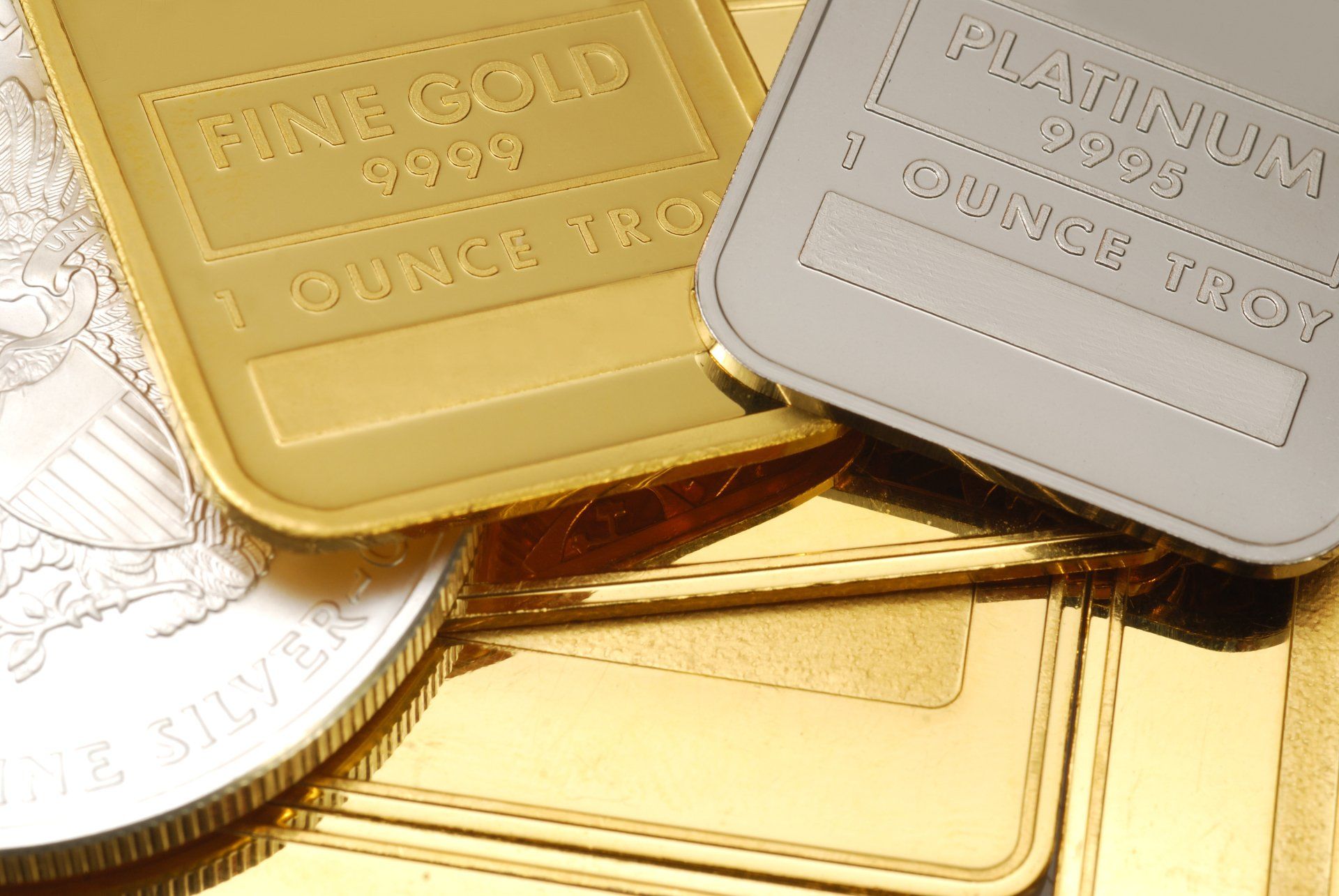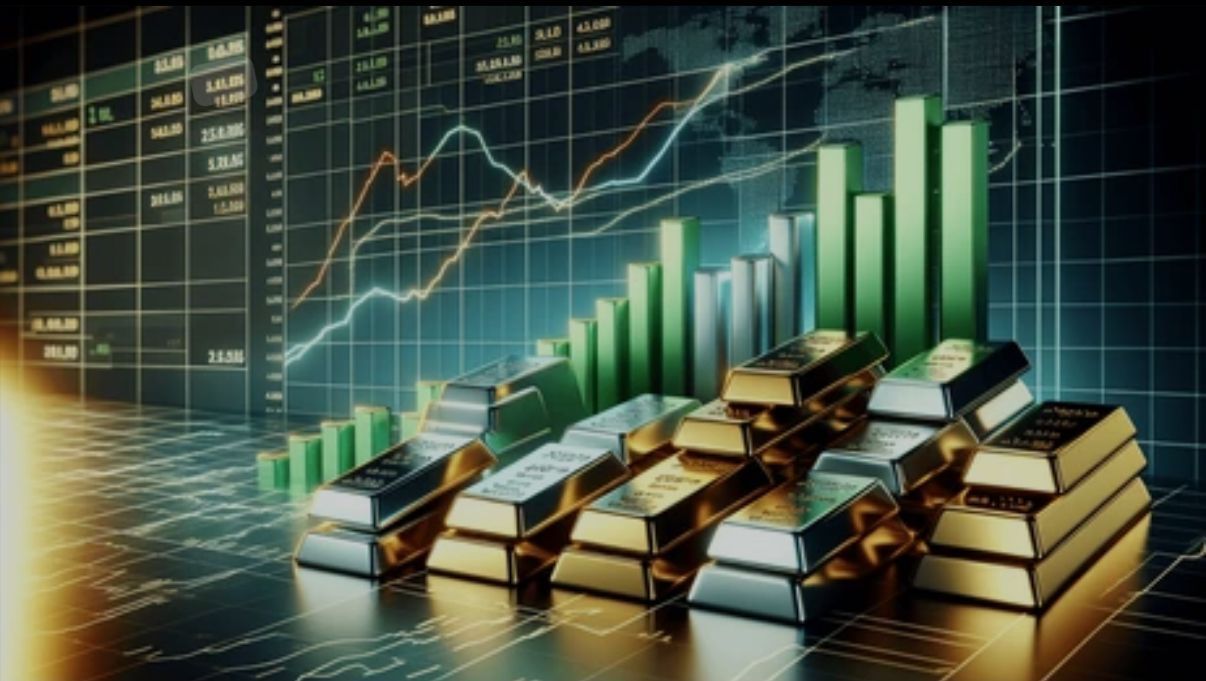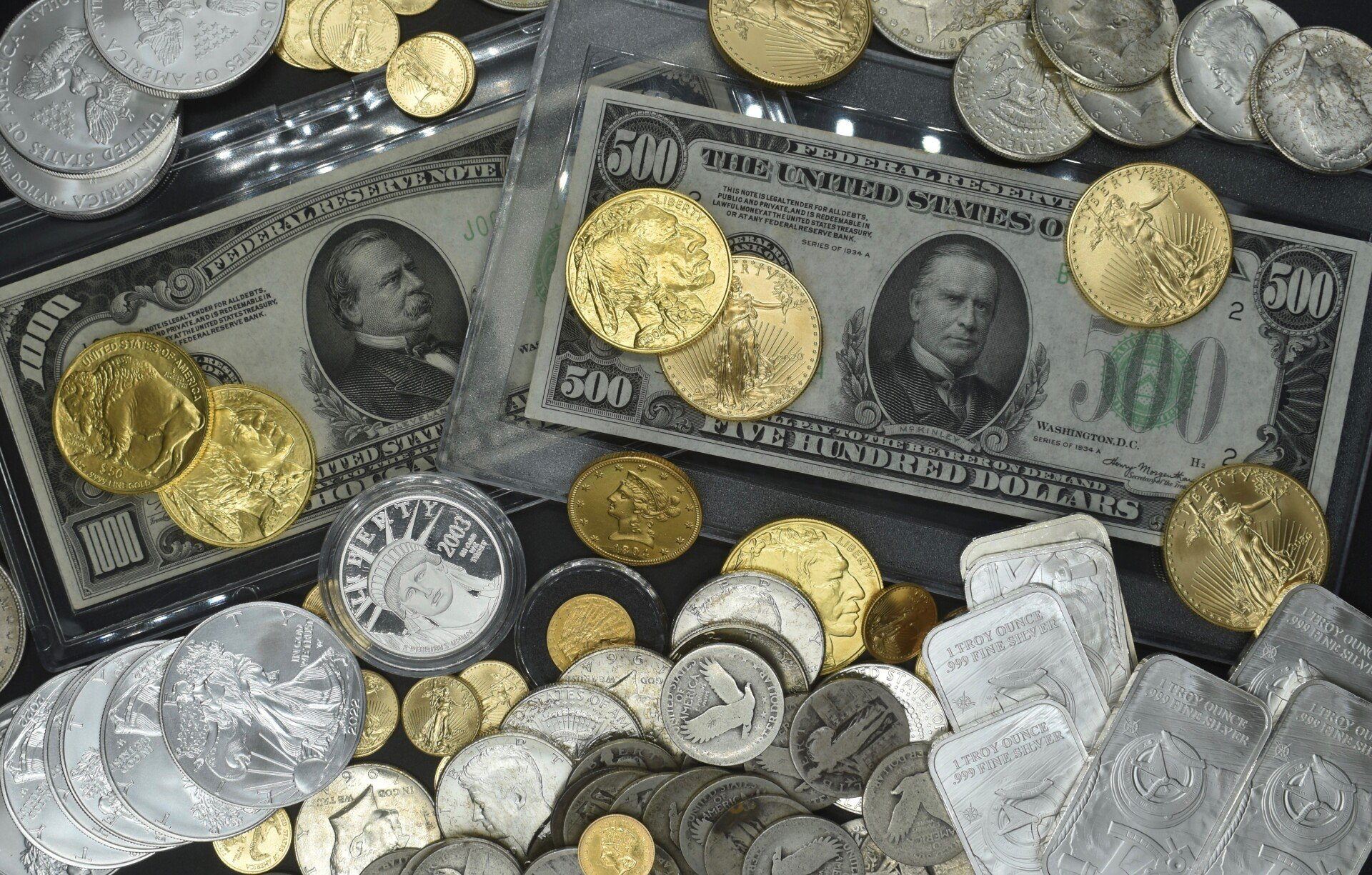Invest into Gold & Silver
Adding Gold & Silver Into Your Portfolio

Investing in precious metals like gold and silver can offer several benefits. Here are some reasons why it is often considered a good investment:
1. Store of Value: Throughout history, gold and silver have been recognized as valuable assets and a reliable store of value. Unlike fiat currencies, which can be impacted by inflation and economic fluctuations, precious metals have maintained their worth over time. Investing in gold and silver can act as a hedge against inflation and help preserve your purchasing power.
2. Diversification: Precious metals provide an excellent way to diversify your investment portfolio. When traditional assets like stocks and bonds experience volatility, the value of gold and silver tends to move in the opposite direction. By including precious metals in your portfolio, you can reduce overall risk and increase the stability of your investments.
3. Safe-Haven Asset: During economic uncertainty or geopolitical instability, gold and silver are often considered safe-haven assets. Investors turn to these metals to protect their investments from market turbulence. The demand for precious metals typically increases during such periods, which can drive up their prices.
4. Liquidity: Gold and silver are highly liquid assets that can be easily bought or sold in the market. A well-established global market for precious metals makes it relatively easy to convert them into cash when needed. This liquidity provides investors with flexibility and the ability to access their funds quickly.
5. Portfolio Insurance: Including gold and silver in your investment portfolio can protect against unforeseen events or financial crises. If the value of other assets in your portfolio declines, the rise in precious metal prices can help offset those losses and provide stability.
6. Tangible Asset: Unlike other investments solely in the digital or financial realm, investing in gold and silver allows you to hold a tangible asset. Owning physical gold and silver can provide security and ownership that is not present with other types of investments.
However, it's important to note that investing in precious metals also carries risks. The prices of gold and silver can be volatile, and their value can fluctuate based on various factors. Additionally, storage and security considerations should be considered when investing in physical metals.
Before making any investment decisions, it's crucial to do thorough research and understand your investment goals To determine if investing in precious metals aligns with your overall investment strategy and risk tolerance.







